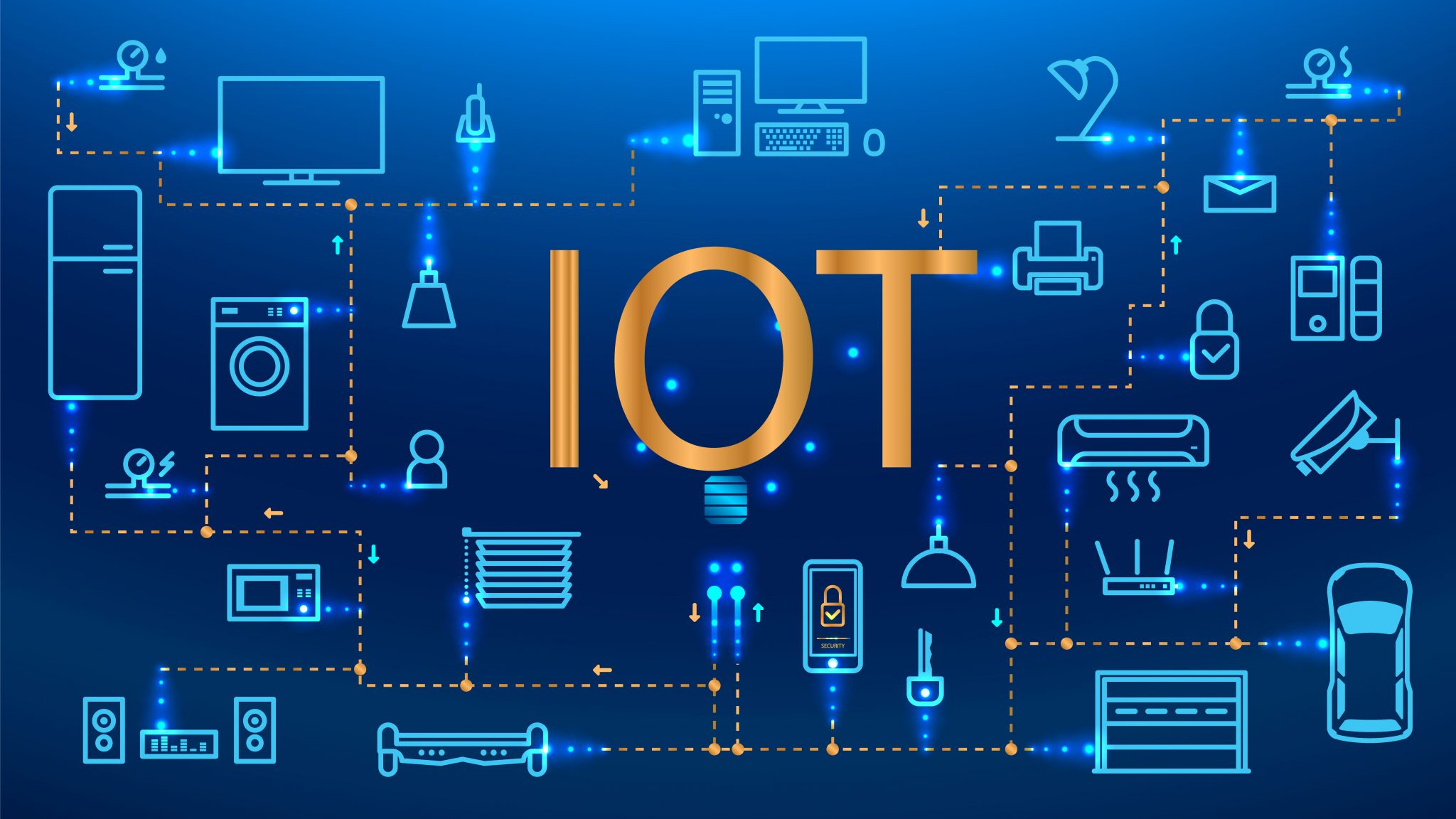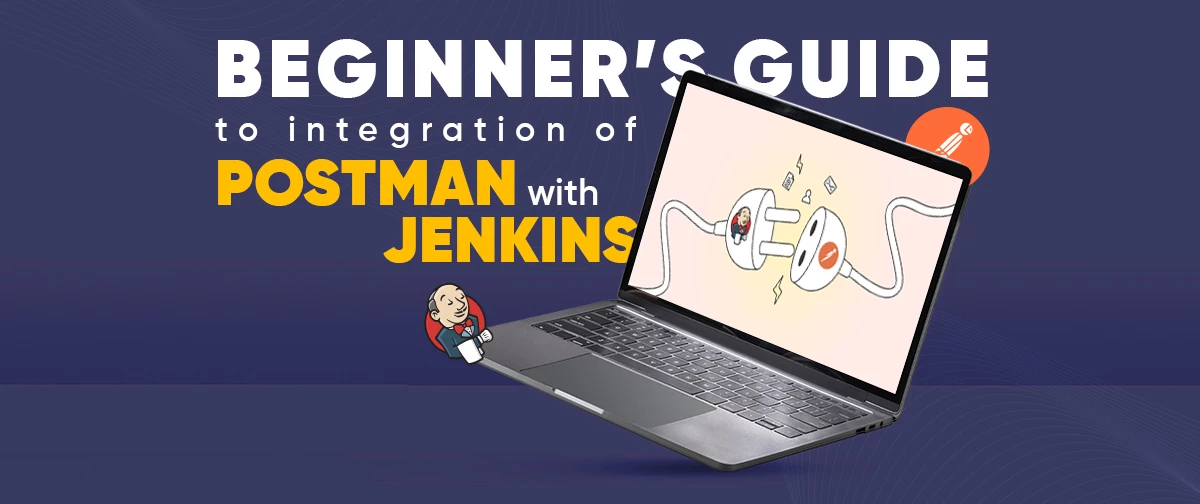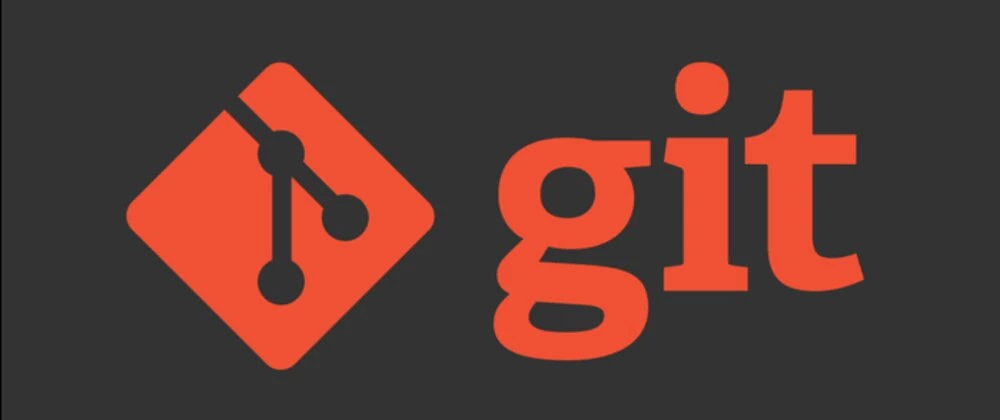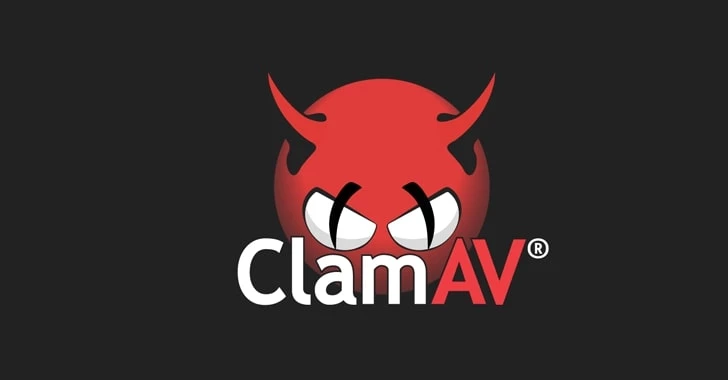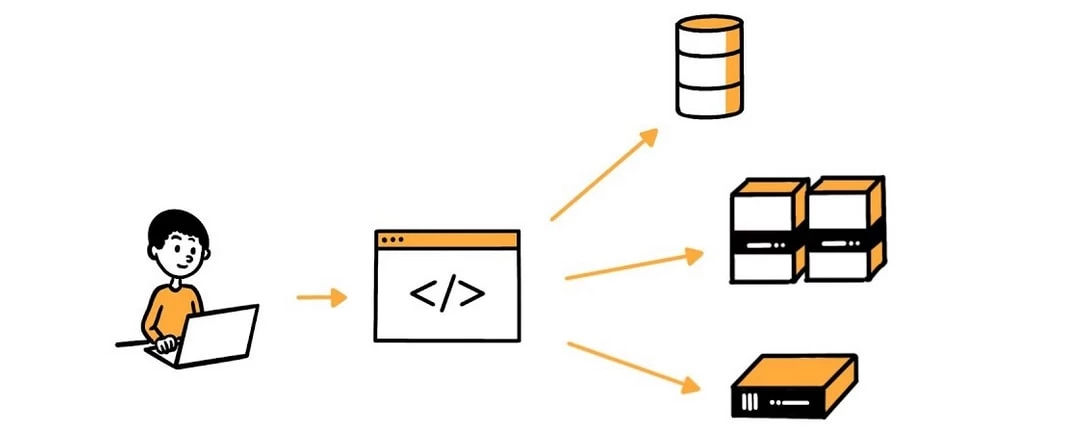The Buzz of IoT

By EKbana on October 22, 2019
9m readThe term “Internet of Things”, commonly abbreviated as (and substituted with) IoT has been with us since 1999 and Kevin Ashton; who coined the term; agrees the term has evolved to grow to a much wider context than he originally meant.
The term “Internet of Things”, commonly abbreviated as (and substituted with) IoT has been with us since 1999 and Kevin Ashton; who coined the term; agrees the term has evolved to grow to a much wider context than he originally meant. However, the central theme of IoT, which he clarifies in the 2009 article in RFID Journal is something that “enables computers to observe, identify and understand the world” and something that would be “able to track and count everything, and greatly reduce waste, loss and cost” using sensors remains fairly the same. The idea was around since at least 1991 and gained popularity through the Auto-ID Lab at MIT(formerly known as Auto-ID Center which Kevin himself had cofounded).
Internet of Things in modern terms is commonly understood as a network of physical devices that are connected to the Internet for collecting and sharing data. The interrelated devices may be mobile, computing devices, electromechanical or digital equipment, embedded systems, or more commonly a source of raw data (such as sensors) or any embedded electronics that can transfer data over a network. The connections between the components enable then for real-time communication to automate decision-making with minimal (and convenient) human involvement.
IoT is more than just a machine-to-machine (M2M) communication but could be thought of as a convergence of M2M communications and data analytics/machine learning algorithms over the huge data thus gathered. This pipeline can then be applied to automate processes and decision-making. M2M communications are generally simpler and less intelligent. Examples of M2M communication could be vending machines, ATMs, smart meters, or medical equipment that send out information on inventory or dispensed cash or other similar measurements or interactions. The notable difference is that M2M networks are exclusively used to allow machines, sensors, and controllers to communicate however in the case of IoT, the same network is used by humans (via phones, tablets, and computers). It is necessary to understand the degree of connectedness here and to distinguish the nuances of connected devices, interconnected devices, and intelligently connected devices. IoT-based systems are more commonly understood as “smart” systems, such as “smart-industry”, “smart-home”, “smart-parking” and so on. Owing to the growth of wireless technology and the Internet becoming more accessible every day and also more devices getting “smarter”, the IoT technology and industry are growing at an unprecedented scale. International Data Corporation(IDC) says the market for worldwide IoT solutions will go from $1.9 trillion in 2013 to $7.1 trillion in 2020. Predictions have been made that potential for growth from implementing Industrial IoT may generate around $12 trillion of global GDP by 2030.
According to predictions made by Microsoft (on IoT signals report 2019), 94% of businesses will be using IoT by the end of 2021. The predictions were based on a research survey conducted with over 3,000 decision-makers at the top enterprise companies involved in IoT from all over the world. The report says that 87% of decision-makers in manufacturing are already adopting some IoT and the percentage is 90%, 86%, and 83% in retail/wholesale, transportation, and government respectively. The same report also emphasizes that the continued success of IoT will also rely on other innovations such as AI, edge computing, and 5G. According to the report, companies adopt commercial IoT for operations optimization (56 %), followed by employee productivity (47 %), and safety and security (44 %). Microsoft says “There will be more than 20 billion connected devices by 2020, but IoT is more than just your smart speaker and thermostat. Connected devices can save energy in smart buildings, improve the flow of traffic in congested cities, increase crop yields, prevent equipment failures on a factory floor, and power medical breakthroughs.”
Though IoT is something discussed a lot, its precise implementation model is a widely debated one. Part of the reason is that IoT systems are complex and varied and IoT solutions are mostly specific to a situation that needs to be addressed. However, in general, a typical IoT system includes the following key components.
- Sensors/Devices
- Connectivity
- Data Processing
- User Interface
An IoT system consists of sensors/devices which talk to the data cloud through some kind of protocol and commonly used network connectivity. The software that processes the cloud data automatically makes decisions and sends commands to the sensors/devices and other notifications/alerts to relevant nodes or human users. There could be few exceptions to such connectivity schemes in cases where the communication latency could create serious human or other similar fatality such as in a self-driving car at emergency conditions or the communication is too expensive or the data is mostly trivial (such as a security camera footage of an empty hallway). In such a case, computing may be done on a gateway or on the sensor/device itself (edge computing).
A user can intervene or monitor the whole process using an interface provided in the IoT platform. Users can also apply situation-specific data aggregation, visualization, or decision-making methods to data in case of necessity using the IoT platform’s user interface.
IoT Use cases
IoT has a wide and unparalleled use case at a different hierarchical level. From making an individual consumer’s day-to-day experience more convenient by turning the thermostat on or off, to irrigating the agriculture farm automatically based on weather and sensor data, to automating the manufacturing process, in fault/defect identification and early failure detection, components wear-out identification and decision making in redesigning manufacture plant, IoT could have a key role. Condition-based maintenance could replace scheduled maintenance in industries. Smart farms including grapevines to marijuana plants, and sensors have offered deep insight into crop production. IoT can assist decision-makers and designers to decide on new features for a car based on consumer behavior, response and usage of existing features, failure data, accident patterns, or notify doctors or relatives about increased blood pressure or heart rate or alert of fire and respond to it. Tesla was once able to complete a mandated fix of charger plugs on more than 29000 vehicles via a software IoT, which wouldn’t have been possible without getting the car connected to the internet. In another case, by rigorously collecting, aggregating, and analyzing patient data, Medtronic (the world’s largest medical device company) has been able to deliver personalized care coordination to over 95,000 individuals. IoT can connect power grids over the city or country, pipelines, and irrigation canals. On large scale, IoT and IoT data can be used in urban planning, transportation and management, security, agriculture, disaster warning and management, and so on. The key use and potential use cases of IoT as listed by Microsoft are listed here.
Manufacturing
- Industrial automation
- Quality and Compliance
- Production planning and scheduling
- Supply chain and logistics
- Plant safety and security
Retail/wholesale
- Supply chain optimization
- Inventory optimization
- Surveillance and security
- Loss Prevention
- Energy optimization
Healthcare
- Tracking patient, staff, and inventory
- Remote device monitoring and service
- Remote health monitoring and assistance
- Safety, security, and compliance
- Facilities management
- Government/smart cities
- Public safety
- Infrastructure and facilities management
- Regulations and compliance management
- Fleet and asset management
- Incident response
Besides the categorical list by Microsoft, IoT could have wide applications in smart homes, wearables (gears, glasses, watches, clothes), tracking and delivery systems, office automation, smart grids, smart retail, warehouse management, smart farming, and precision agriculture, traffic management, and automation, self-driving transportation systems and many more.
Opportunities, Value, and Challenges
As the growth of data and connectedness increases, there are many opportunities an enterprise should address. Capturing diverse forms of data from a variety of interconnected devices creates the potential of finding new sources of value and insight through data. Enterprises can have a better opportunity to understand customer behavior and enable deeper customer relationships. Using AI-based applications in the data could help in operational and financial proficiency as extensive access to data can drive insights that uncover new business opportunities and create a competitive advantage in business and operating models.
With competitors offering more compelling value propositions through the use of innovative technologies, companies are recognizing a need to reinvent their enterprises by digitizing communications and interactions. And about two-thirds of executives surveyed by IBM in 2017 are executing plans to incorporate IoT into their operating models. AI and other cutting-edge technologies come together in such reinvention policies and in creating insight from connected things. “AI and IoT could help us fully integrate data suppliers and data consumers into a data-driven business model,’’ says the CFO of Life Science and Pharmaceuticals depicting how businesses model change and new business models could emerge from proliferating data which could be both a challenge and opportunity.
The convergence of new technologies and intelligent machines is reshaping the future of work and the workforce. For example, traditional methods of analyzing structured data aren’t designed to efficiently process the vast amounts of real-time data that stream from IoT devices. AI-based analysis and responses become critical for extracting optimal value from the data and human workers can evolve to higher-value tasks associated with understanding and exploiting AI-driven insights, and reinforcing those findings.
The whole idea of IoT adoption, however, is a very delicate and risky task. While the complexity and technical challenges are the visible barriers, the lack of skilled workers is still a major global problem in IoT adoption. Microsoft’s IoT Signals report states “IoT’s promise will be unlocked by addressing the skills shortage, complexity and security”. According to Microsoft, seven key ingredients for success in IoT are; business strategy, leadership and organization, a technology roadmap, talent, operations and core business processes, partnerships, and security. Right now though, IoT devices are not being configured to speak a single language and no universally accepted communications standard is here that will enable all devices to communicate.
Although some progress has been made, a lack of standardization is still known to slow down IoT adoption. Data privacy and openness of data; as to who owns it, who benefits, and who can access it; in IoT also have been questioned frequently.
On a technical level, the IoT needs an open architecture to maximize interoperability among heterogeneous systems and distributed resources including providers and consumers of information and services, whether they be human beings, software, smart objects, or devices. Architecture standards should consist of well-defined abstract data models, interfaces, and protocols, together with concrete bindings to neutral technologies (such as XML, web services, etc.) to support the widest possible variety of operating systems and programming languages. IoT nodes may need to form peer networks with other nodes dynamically and autonomously locally or remotely, this should be done through a decentralized, distributed approach to the architecture, with support for semantic search, discovery, and peer networking. At the analytics stage, the architecture should be able to dock with machine learning algorithms in cloud or edge computing devices. Effective caching and disconnected operations with the ability for synchronization with event-driven architecture need to be established for an effective IoT system.
IoT platforms
While tools such as Node-RED used with devices such as Raspberry-Pi are faster to prototype, easier to test, and give a decent opportunity to wire hardware devices, APIs, and services, a robust platform that promises all major requirements for a complete IoT solution backed up with other cutting-edge support requires much more than just that. Giants such as IBM, Microsoft, Amazon, Google, Cisco, and Oracle have developed their IoT platforms, and companies such as Libelium are developing both plug-and-play type hardware and sensor platform suited for IoT and smart systems.
Closing remarks
The growth of IoT is evident and companies in all industries are looking for ways to leverage IoT. However, IoT could be fruitless without enough data analytics capabilities and could even pose security threats and serious privacy concerns without a proper way to manage and secure data. Certainly, the technologies of the Internet of Things such as RFID and sensor make our life better, easier, and more comfortable. With IoT’s contribution to saving and optimizing energy and water usage, monitoring water and other natural resources, and alerting of wildfire and other hazards, strategists are planning to leverage IoT to achieve sustainable development goals for 2030.
We’re empowering
business growth for our clients.
Take the first step towards growth today.
Get Proposal
More From EKbana
 See All Blog
See All Blog
